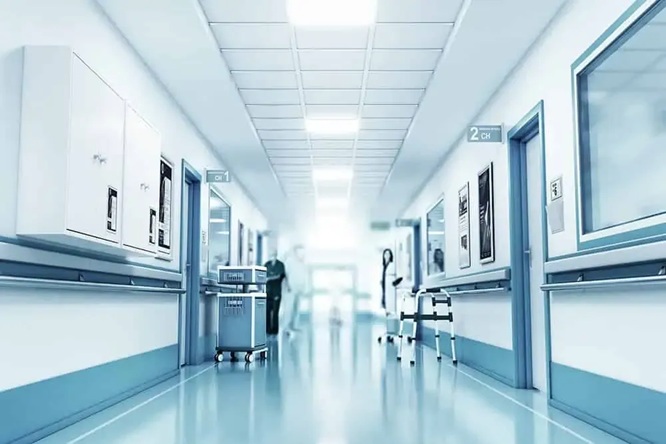
🔹1. The Science Behind Light and Health
- Circadian Rhythm & Light Exposure:
- Explain how natural light regulates sleep-wake cycles.
- The importance of mimicking daylight in hospital lighting design.
- Blue Light & Alertness:
- Benefits of blue-enriched light during the day.
- Risks of exposure at night (melatonin suppression, disrupted sleep).
🔹 2. Impact on Patient Recovery
- Improved Sleep Quality:
- Patients in naturally lit rooms sleep better — linked to faster recovery.
- Mood & Mental Health:
- Bright, pleasant lighting reduces stress and anxiety.
- Studies showing reduced depression in long-term care settings with optimized lighting.
- Pain Management:
- Indirect link: better lighting → better sleep/mood → reduced pain perception.
🔹 3. Lighting in Different Hospital Zones
- Patient Rooms:
- Dynamic lighting systems that adjust to time of day.
- Warm tones in the evening to encourage rest.
- ICUs and Recovery Wards:
- Need for constant visibility vs. need for patient comfort.
- Use of tunable white lighting to balance care and comfort.
- Operating Rooms:
- Bright, shadow-free, high CRI lighting for surgical precision.
- Waiting Areas & Hallways:
- Soothing lighting to reduce anxiety for visitors and outpatients.
🔹 4. Technologies Making a Difference
- Human-Centric Lighting (HCL):
- Lighting systems that change color temperature throughout the day.
- Tunable LEDs:
- Customizable for different rooms and patient needs.
- Daylight Harvesting & Smart Controls:
- Use of sensors to maximize natural light and reduce energy costs.
🔹 5. Case Studies & Real-World Results
- Examples from hospitals that redesigned lighting:
- Patient satisfaction scores increased.
- Shorter hospital stays reported.
- Staff fatigue reduction.
🔹 6. Design Tips for Hospital Planners
- Integrate natural light wherever possible.
- Use dimmable and tunable lighting.
- Focus on glare reduction.
- Involve clinicians and patients in design feedback.
🔸 Conclusion
- Recap: Lighting affects more than visibility — it impacts healing.
- The future of hospital design includes light as a therapeutic tool
- Encourage investment in smart, patient-centered lighting systems.

